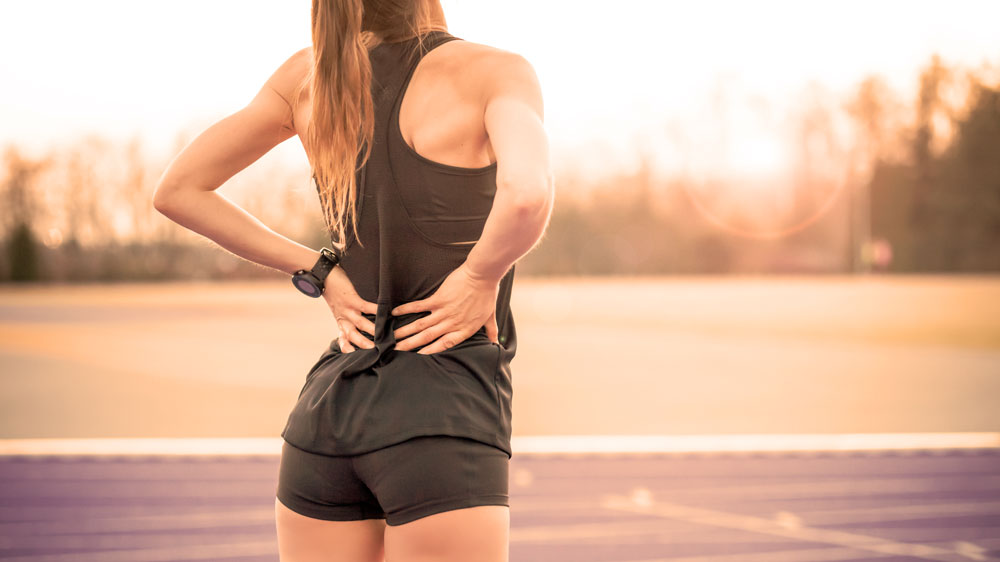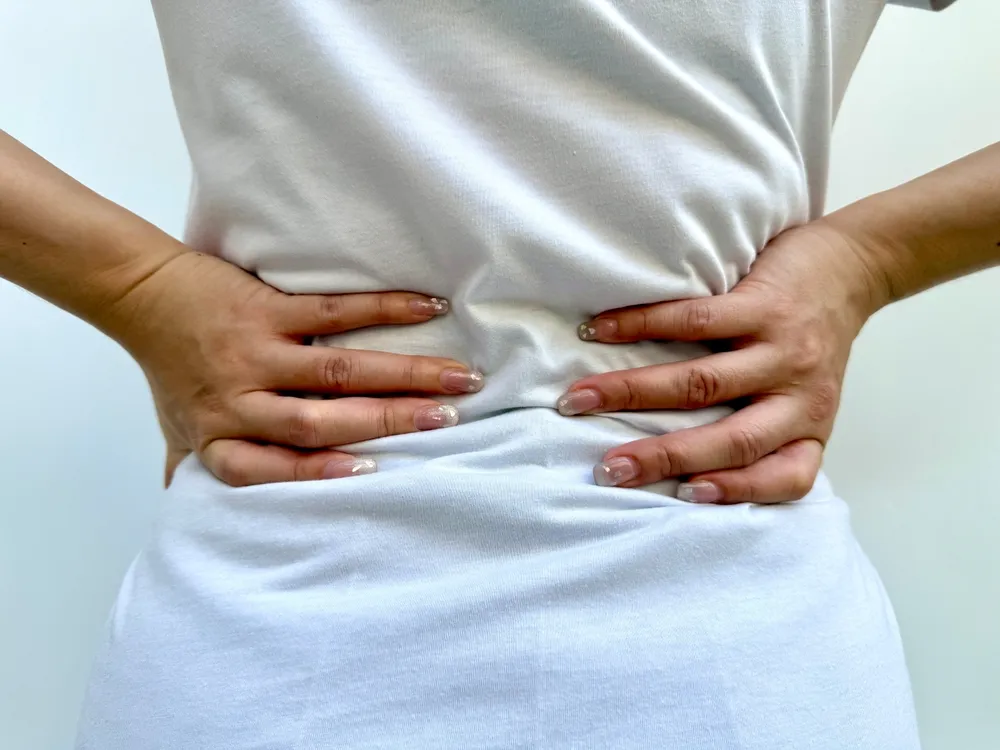Let’s paint a picture.
You’ve had a great workout; your muscles are pumping and you feel good! You spend the rest of the day feeling great and you can’t wait to get back in the gym again tomorrow.
But the next morning you wake up to painfully sore legs, a stiff back and tense arms. Looks like you’ve got DOMS (delayed onset muscle soreness) – the worst! How are you supposed to go to the gym or take a run now?
There are many ways you can push through the pain and get moving again. Painkillers, ice and heat packs are all viable options. But for a quick and full recovery you might want to consider a massage!
Massages are known for their ability to aid muscle recovery and provide pain relief. But hold on, there are so many kinds of massages! Which one is best for me?
In this article, we look at what the best massage for muscle recovery is, and help you select the one that will get you exercising again!
1. Swedish Massage
The Swedish massage is generally considered to be the most popular type of massage. This is because it is gentle and light while still providing the same benefits of a massage. Swedish massages utilise a combination of long, kneading strokes and light, tapping strokes on the body.
Swedish massages are great for general muscle soreness as it promotes blood circulation, aids flexibility and relaxes tight muscles. Also, swedish massage improves mood and reduce stress.
2. Trigger Point Therapy
Trigger point therapy is a type of remedial massage which specifically targets painful or sensitive parts of the body. These points are not only painful in itself, but they usually cause or refer pain to another part of the body. In summary, they’re designed to address the source of pain and tension in your body.
Trigger point therapy works by applying direct pressure to specific points. This reduces muscles tightness, inflammation and pain. One thing to remember about trigger point therapy is that while they are very effective in muscle recovery, it is often quite painful. Directly targeting sources of tension will generally come with a large degree of pain, so be ready to deal with it!
3. Deep Tissue Massage
What is a deep tissue massage? It’s name speaks for itself – a deep tissue massage targets the deeper layer of muscles and connective tissues! It accomplishes this by using long, slow strokes with firmer pressure than you’d experience in a swedish massage. They also use kneading techniques more often.
But why should you target deep tissue? Muscle knots and muscle cohesions are usually found in deep tissue. These knots block circulation and can cause pain, limited mobility and soreness. Deep tissue massage can work these knots out, improve blood flow and realign deeper layers of muscle and tissue.
Like trigger point therapy, deep tissue massages are quite painful and are usually recommended to be done a couple days post-workout.
4. Sports Massage
Sports massage therapy is a type of therapy more commonly performed on athletes. Sports massages are used for both injury recovery and prevention and are a mainstay in many professional sporting leagues like the EPL. Like other massages, they utilise free-flowing movements to promote blood circulation, flush out toxins from muscles and loosen up tense areas.
Another difference between a sports massage and the previously aforementioned types of massage is that it attempts to make the massage as pain-free as possible.
Why? Since sports massages are typically done on athletes, added pain can be a detriment to their performance. That’s why sports massages also incorporate dynamic techniques such as stretching. The idea is to help muscles recover quickly and painlessly.
So what’s the best massage for muscle recovery?
Now that you’ve read and understood about several different types of massages, it’s time to figure out which of them is best for muscle recovery.
To find an answer, you should ask yourself what kind of pain or injuries am I currently experiencing? If you’re dealing with chronic muscle pain you may want to consider trigger point therapy or deep tissue massage. These massages directly target the source of deep-seated pain and help alleviate chronic discomfort and soreness. While they may be painful they can help you recover from long-standing pain.
On the other hand, if your pain is the result of a tough workout, a more general massage like the Swedish might be more suitable. Not only does a Swedish alleviate pain but it also provides the relaxation needed to prevent aggravation or muscle spasms.
For frequent gym-goers, athletes or fitness junkies in general, a sports massage can help you bounce back from mild injuries and back to exercising quickly. Their dynamic techniques encourage healing and recovery while remaining relatively pain-free.
Hopefully this breakdown has helped you in finding out which type of massage is most suitable for you.
Looking to introduce more relaxation and recovery to your life? Try checking out our range of massage products! At OSIM, we care about your wellbeing which is why our products are carefully crafted and designed to help improve your life. Visit our website and check out our range now!




